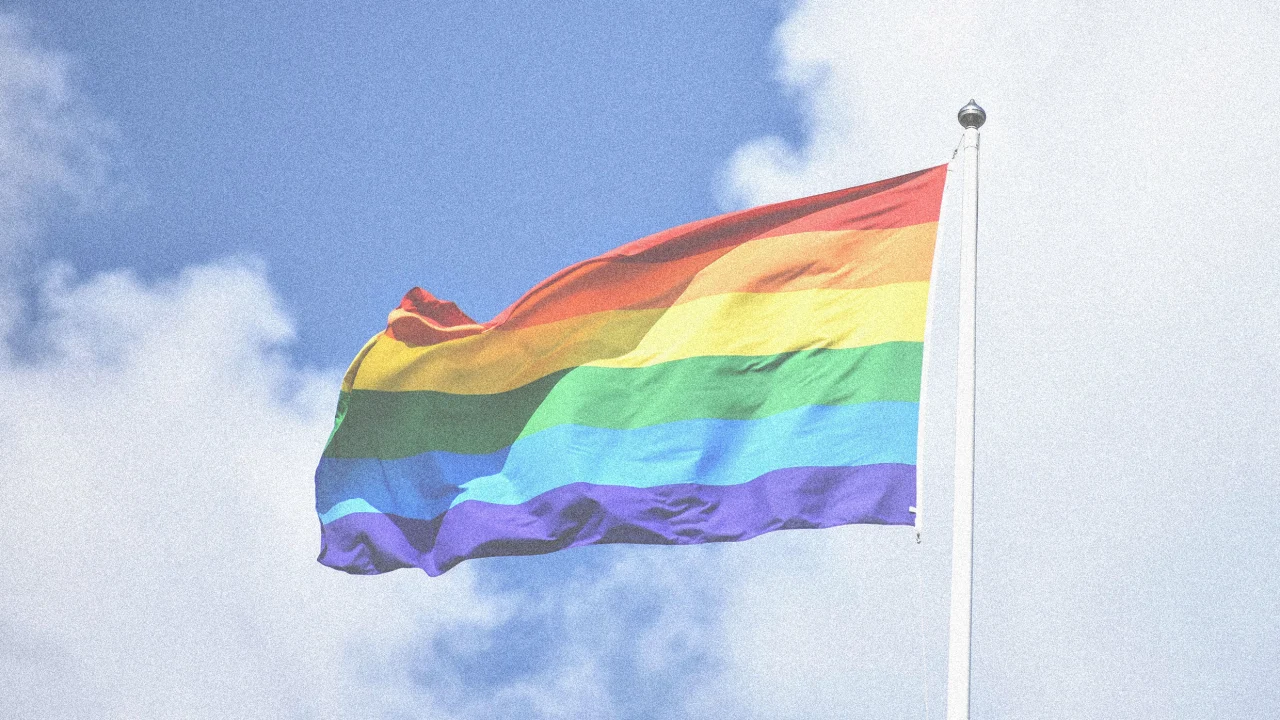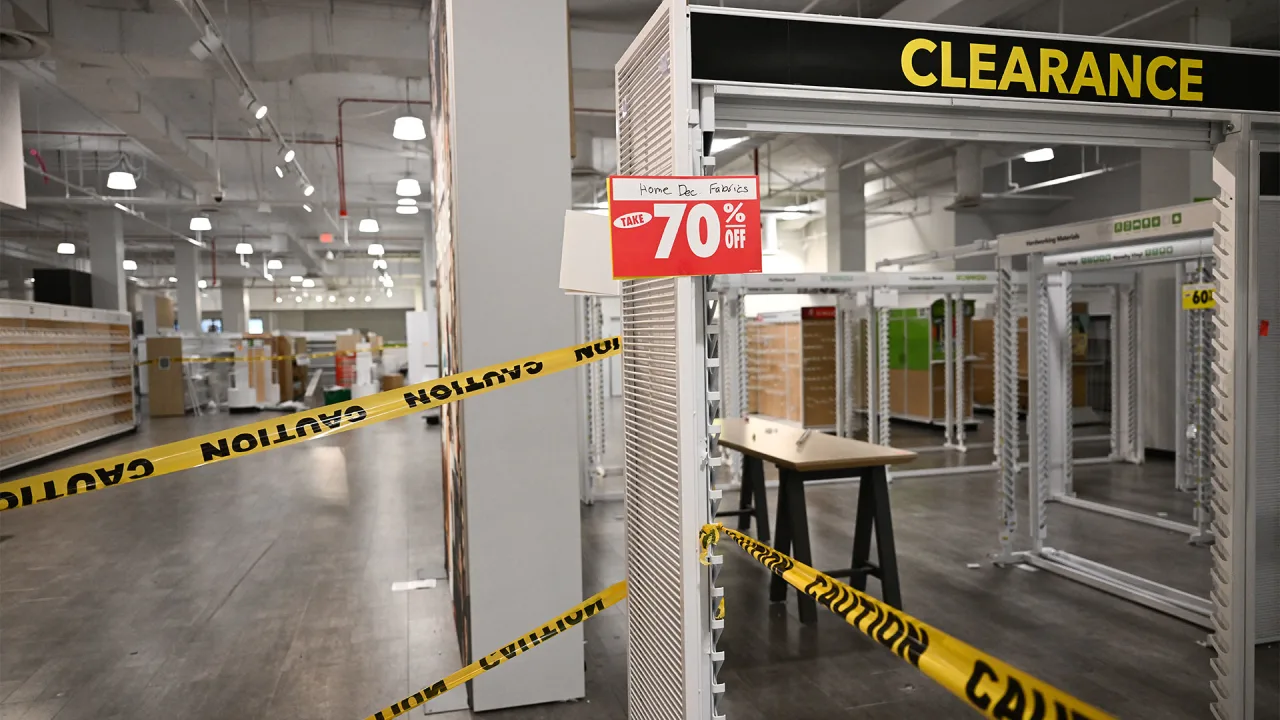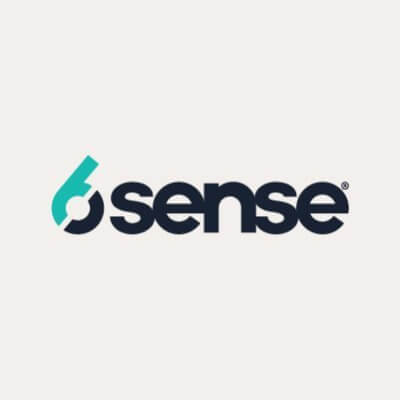Wake-up call for CEOs: How misinformation is redefining resilience
With the Atlantic hurricane season underway and another record-hot summer ahead, corporate America is entering its most volatile stretch of the year. From tariffs to extreme weather, today’s risks are hitting supply chains, markets, and investor confidence. The environment turns every natural or man-made crisis into a business liability. If you’re a CEO, board member, or C-suite leader, this is your wake-up call and your moment to prepare. To help, we offer a warning of an emerging threat to be ready for: misinformation. Recent leadership shifts, political interference, and funding uncertainty have exposed cracks in the country’s crisis response infrastructure. If government systems can’t keep up with the pace of crisis this year and beyond, businesses can’t afford to wait. And misinformation cannot go unchecked or ignored. A new front has opened that plays out on the digital battlefield of public perception, where misinformation spreads faster than facts. Lies are sensational, loud, and sticky. The truth? It’s often slower and more complex—and yes, sometimes boring. That imbalance is where real damage happens. The New Crisis Reality In any crisis—whether a public health emergency, cyberattack, or natural disaster—communication is as vital as the response itself. In today’s hyperpolarized landscape, we’ve already seen the consequences of misinformation, which offer a sobering preview of what’s ahead. During the 2023 train derailment in East Palestine, Ohio, social media-fueled panic overshadowed official response efforts. In 2021’s Colonial Pipeline cyberattack, misinformation triggered unnecessary fuel shortages across the eastern U.S. In Maui, conspiracy theories about the Lahaina wildfires spread faster than emergency warnings. During last fall’s Hurricanes Helene and Milton, disinformation delayed life-saving actions, disrupted coordination with cross-sector partners, and triggered real-world threats of violence against federal employees. And during the Los Angeles wildfires, AI images of the Hollywood sign engulfed in flames circulated widely online, further straining a community trying to recover. Misinformation isn’t just accidental. It’s being weaponized. Foreign adversaries like China, Russia, and Iran actively exploit crises to deepen divisions, discredit institutions, and disrupt coordinated responses. We also see this challenge at home, where opportunists or inaccurate reporting are driven by ideology or self-interest to spread false narratives that lead to fear, confusion, and preventable missteps. In a crisis, these harmful tactics not only cloud reality but also actively undermine efforts to help people. Instead of leading through the crisis and mobilizing solutions, companies and government officials are forced into damage control and fighting falsehoods. For companies, false information can trigger stock market drops, supply chain delays, and public backlash. It can erode consumer confidence, spark boycotts, and force costly crisis response efforts that wouldn’t otherwise be necessary. Fighting misinformation preemptively through systems, training, and partnerships isn’t just good risk management. It’s a direct investment in business continuity and brand resilience. And yes, it costs money. But the cost of doing nothing is often much higher. What Business Leaders Must Do Now Misinformation is more than a government problem. It affects every industry—from energy and finance to retail and transportation—and every size of business, from multinationals with global supply chains to small companies serving local communities. During catastrophic events like earthquakes, hurricanes, or cyberattacks, companies within disaster zones play a critical role in recovery. To lead effectively, they need the trust of employees, customers, and local communities. Misinformation undercuts that trust. And it’s not just during major disasters. In today’s always-on information environment, false narratives can surface at any time and spread quickly. The more visible a company is, the more exposed it is to misinformation that can damage its reputation and its bottom line. Companies already recognize this risk, but the speed and scale of recent events—during wildfires, cyberattacks, and even routine service outages—shows that the landscape is evolving faster than most are prepared for. Many still lack the infrastructure or strategy to respond effectively. That means executive teams need to start preparing now—not after the fact. Here’s how to get ahead of it: Adopt a trusted and battle-tested crisis framework The Federal Emergency Management Agency’s Emergency Support Function #15 (ESF-15) is part of the National Response Framework, the federal playbook for how government coordinates during disasters. ESF-15 focuses specifically on external affairs—how agencies manage public messaging, media relations, and stakeholder engagement under pressure. Companies can ada

With the Atlantic hurricane season underway and another record-hot summer ahead, corporate America is entering its most volatile stretch of the year. From tariffs to extreme weather, today’s risks are hitting supply chains, markets, and investor confidence.
The environment turns every natural or man-made crisis into a business liability. If you’re a CEO, board member, or C-suite leader, this is your wake-up call and your moment to prepare. To help, we offer a warning of an emerging threat to be ready for: misinformation.
Recent leadership shifts, political interference, and funding uncertainty have exposed cracks in the country’s crisis response infrastructure. If government systems can’t keep up with the pace of crisis this year and beyond, businesses can’t afford to wait. And misinformation cannot go unchecked or ignored.
A new front has opened that plays out on the digital battlefield of public perception, where misinformation spreads faster than facts. Lies are sensational, loud, and sticky. The truth? It’s often slower and more complex—and yes, sometimes boring. That imbalance is where real damage happens.
The New Crisis Reality
In any crisis—whether a public health emergency, cyberattack, or natural disaster—communication is as vital as the response itself. In today’s hyperpolarized landscape, we’ve already seen the consequences of misinformation, which offer a sobering preview of what’s ahead.
During the 2023 train derailment in East Palestine, Ohio, social media-fueled panic overshadowed official response efforts. In 2021’s Colonial Pipeline cyberattack, misinformation triggered unnecessary fuel shortages across the eastern U.S.
In Maui, conspiracy theories about the Lahaina wildfires spread faster than emergency warnings. During last fall’s Hurricanes Helene and Milton, disinformation delayed life-saving actions, disrupted coordination with cross-sector partners, and triggered real-world threats of violence against federal employees. And during the Los Angeles wildfires, AI images of the Hollywood sign engulfed in flames circulated widely online, further straining a community trying to recover.
Misinformation isn’t just accidental. It’s being weaponized. Foreign adversaries like China, Russia, and Iran actively exploit crises to deepen divisions, discredit institutions, and disrupt coordinated responses. We also see this challenge at home, where opportunists or inaccurate reporting are driven by ideology or self-interest to spread false narratives that lead to fear, confusion, and preventable missteps.
In a crisis, these harmful tactics not only cloud reality but also actively undermine efforts to help people. Instead of leading through the crisis and mobilizing solutions, companies and government officials are forced into damage control and fighting falsehoods.
For companies, false information can trigger stock market drops, supply chain delays, and public backlash. It can erode consumer confidence, spark boycotts, and force costly crisis response efforts that wouldn’t otherwise be necessary. Fighting misinformation preemptively through systems, training, and partnerships isn’t just good risk management. It’s a direct investment in business continuity and brand resilience. And yes, it costs money. But the cost of doing nothing is often much higher.
What Business Leaders Must Do Now
Misinformation is more than a government problem. It affects every industry—from energy and finance to retail and transportation—and every size of business, from multinationals with global supply chains to small companies serving local communities.
During catastrophic events like earthquakes, hurricanes, or cyberattacks, companies within disaster zones play a critical role in recovery. To lead effectively, they need the trust of employees, customers, and local communities. Misinformation undercuts that trust.
And it’s not just during major disasters. In today’s always-on information environment, false narratives can surface at any time and spread quickly. The more visible a company is, the more exposed it is to misinformation that can damage its reputation and its bottom line. Companies already recognize this risk, but the speed and scale of recent events—during wildfires, cyberattacks, and even routine service outages—shows that the landscape is evolving faster than most are prepared for. Many still lack the infrastructure or strategy to respond effectively. That means executive teams need to start preparing now—not after the fact.
Here’s how to get ahead of it:
Adopt a trusted and battle-tested crisis framework
The Federal Emergency Management Agency’s Emergency Support Function #15 (ESF-15) is part of the National Response Framework, the federal playbook for how government coordinates during disasters. ESF-15 focuses specifically on external affairs—how agencies manage public messaging, media relations, and stakeholder engagement under pressure.
Companies can adapt key elements by clearly assigning communication roles, syncing messaging strategies across departments and with external partners, and preparing to respond quickly when false narratives start to spiral. It offers a way to operationalize the response to misinformation by focusing first on delivering accurate, life-safety information to the public—before becoming consumed by brand reputation concerns.
Conduct high-stakes crisis simulations
Most companies run drills for natural disasters or data breaches, but few test how they’d respond to viral misinformation. False narratives can spread faster than the facts, especially during high-stress events. If you haven’t practiced for that, you’re not prepared.
A strong simulation replicates how misinformation unfolds through a misleading social media post gaining traction, a fake image circulating, or a rumor targeting your product or executives. From there, teams must react in real time—validating facts, aligning internal and external messaging, and deciding when and how to respond publicly.
Run these scenarios with your full crisis team, including communications, legal, HR, and operations. Don’t underestimate the value of having your company’s executive team or board in the room. Use realistic conditions like time pressure, incomplete information, and conflicting stakeholder needs. And most importantly, build in consequences. Did the company overreact and make it worse? Did it wait too long to correct the record? These are the dynamics leaders must experience before the real thing hits.
Establish public-private resilience networks
In a crisis, coordination can’t start from scratch. Companies in critical sectors like energy, telecom, and water need standing relationships with local, state, and regional response partners.
Even as FEMA’s future role becomes increasingly uncertain under the current administration, local and state emergency managers remain vital anchors in disaster response. Companies should identify their regional emergency management agencies and build relationships with leadership, external affairs, joint information centers, and recovery coordinators. Many cities and states already run public-private working groups and emergency operations centers where businesses can participate directly during response and recovery efforts.
The goal is to align early—on messaging, resource coordination, and community needs. When companies and local officials are already connected, they’re in a stronger position to counter confusion, support vulnerable populations, and help stabilize recovery. If federal coordination weakens as many suspect it will under current leadership, these local and state-level partnerships become even more essential.
Diversify communication channels
Misinformation doesn’t wait for a natural disaster. It can spread during a product recall, a service outage, a viral rumor, or in the middle of a major storm. In any of these cases, relying on a single communication channel is a risk. If your website crashes, social media is flooded, or email deliverability drops, how will you reach the people who matter most?
Companies already go to extraordinary lengths to get the word out when things go right. They’ll build multi-platform campaigns to sell a new streaming subscription, launch a product drop with a celebrity brand ambassador, or drive demand through social media content for the latest pair of Jordans—ensuring the message sticks, spreads, and leads to action. That same level of effort is needed when things go wrong.
A layered strategy is key. Use tools you control, like text messages to customers, in-app notifications, email, and internal platforms like Slack. Back that up with special hotlines, direct outreach from managers, and even packaging inserts. Traditional and local news outlets are essential, but so is engaging with digital creators who have built trusted online communities of their own. These are the same channels companies already use to drive sales or launch products—now they need to be ready to correct the record when things go sideways.
For businesses with physical locations, point-of-sale signage or handouts can help reinforce the right message. And when systems go down, low-tech options like printed flyers, AM radio, or employee word of mouth may be the most effective of all.
Whether it’s a brand crisis or a major emergency, the goal is the same: Make sure the right message gets to the right people at the right time—clearly, quickly, and through whatever channels are still standing.
The Cost of Inaction
Businesses that fail to adapt aren’t just falling behind—they’re exposing people, assets, and long-term viability to growing risk. Public experts and former officials have warned that our national disaster response systems are being hollowed out. The ongoing dismantling of FEMA’s leadership and staffing, along with the rollback of coordination functions across federal agencies, is weakening both our emergency response and our broader national security posture.
At the same time, the misinformation landscape is only getting more volatile. Bad actors are more sophisticated, AI is lowering the barrier to entry, and fewer trusted messengers remain in place to cut through the noise.
Preparedness is no longer a best practice—it’s a market imperative. In the next crisis, it won’t be the truth that drives action. It’ll be whatever people hear first and believe fastest. But there’s power in what companies do next. Trusted brands, clear communicators, and credible institutions have a unique role to play—not just in protecting their reputation, but in helping the public navigate uncertainty, especially right now. When businesses lead with clarity and humanity, they not only survive the next crisis, they also help shape a stronger, more resilient economy for everyone.
And isn’t that the clearest measure of brand strength today—not just being known, but being believed when it matters most?














































































































































